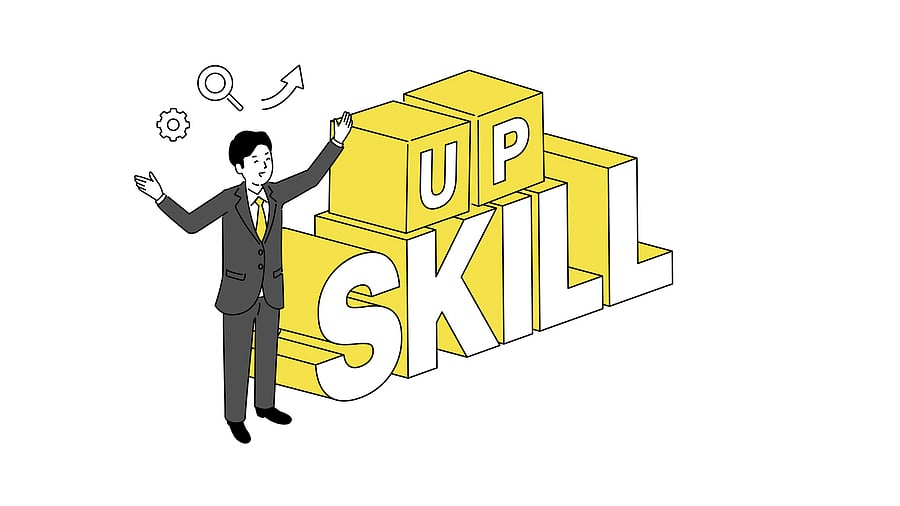
Image for representation.
Credit: iStock Photo
The Union Cabinet’s approval for the Employment Linked Incentive (ELI) Scheme acknowledges the need for large-scale job creation in the country. Announced in the union budget this year, the scheme is being implemented now. It is aimed to boost employment generation in all sectors with a special focus on manufacturing, through direct benefit transfer. India has done well to sustain a GDP growth rate which is the highest among the major economies, but it is not accompanied by corresponding employment generation. According to the Centre for Monitoring Indian Economy (CMIE), the unemployment rate was 5.1% in April 2025, and it rose to 5.6% in May. Youth unemployment (for those aged 15-29) is around 16.03%. The Periodic Labour Force Survey (PLFS) also shows similar figures. High rates of unemployment among the youth are a matter of serious concern; so is the female labour participation rate, which is lower than the world average. A large part of employment is in the informal sector.
The new scheme is designed to benefit both the employee and the employer. It proposes that first-time employees will get a month’s wage (up to Rs 15,000) in two instalments. While one instalment will be paid after six months of service, the second will be paid after 12 months and completion of a financial literacy programme.
The employer will get monetary benefits to the extent of 10% of the new employee’s monthly EPF
wage, with a maximum limit fixed at Rs 3,000 for two years. The scheme would be applicable for jobs created between August 1, 2025 and
July 31, 2027. It has an outlay of
Rs 99,446 crore.
The scheme is expected to benefit around 19.2 million first-time employees. But it needs to be seen how it is implemented and how employers respond to it. For a job with a monthly wage of Rs 15,000, the employer will get a benefit of Rs 1,500. No employer can be expected to create jobs for government doles. While the scheme may provide an incentive, the real challenge will be in creating jobs and improving the skill levels of the youth. The industry, especially the manufacturing sector, should expand and be able to absorb workers on a much larger scale. The skilling programmes aimed at young, entry-level job aspirants should be implemented more effectively. The government should focus on formulating and implementing policies that enable the industry to create more jobs and ensure an environment for sustainable growth.
